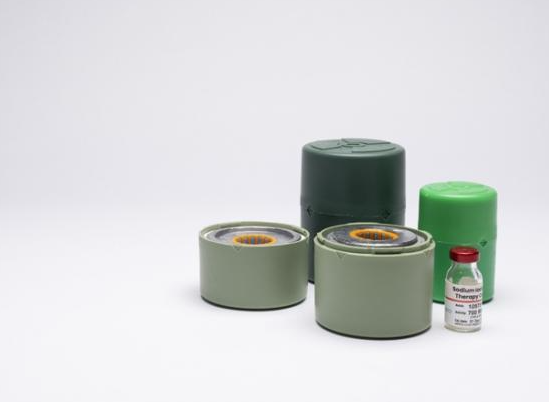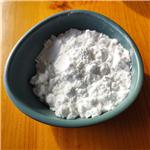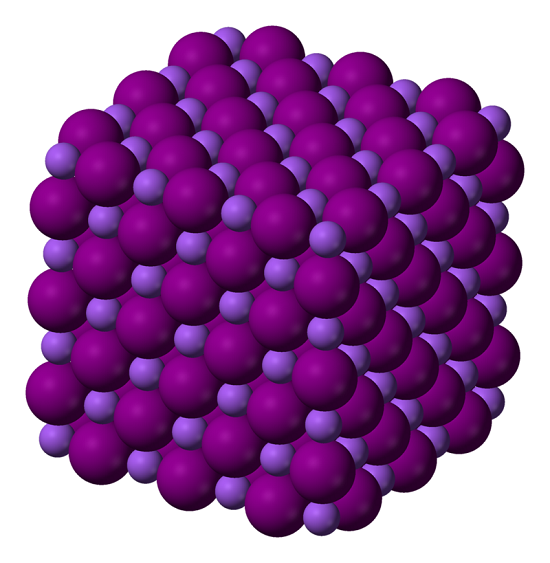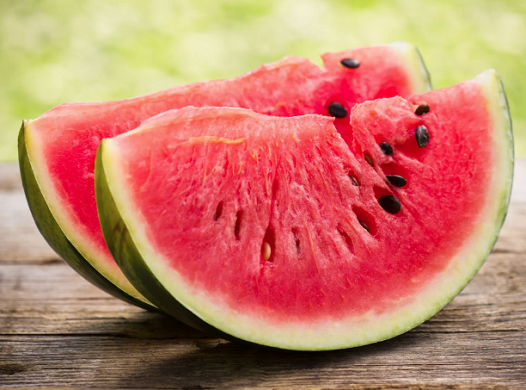Sodium iodide: Chemical property, Benefits, and Pharmacokinetic
Introduction
Sodium iodide is a water-soluble ionic compound with a crystal lattice. Sodium iodide is a source of iodine and can be administered as a supplement for total parenteral nutrition, but it is more commonly used in veterinary medicine. It is one of the oldest members of the optical engineering family and is considered by many scientists to be a standard optical device in the field of detection technology. Radiolabelled compound, [DB09293], is a diagnostic tool to evaluate thyroid function and morphology.

Chemical property
Sodium iodide is an ionic compound that adds sodium hydroxide or sodium carbonate to hydriodic acid. The chemical formula for sodium iodide is NaI. It comprises colourless cubic crystals that are soluble in polar solvents. It is very solid cold H2O (184 g/100 mL, 25 °C), hot H2O (302 g/100 mL, 100 °C), alcohol (42.57 g/100 mL, 25 °C), acetone (39.9 g/100 mL, 25 °C); sol glycerin. Also, sol acetic acid, acetonitrile, DMF, DMSO, formic acid, HMPA, methyl ethyl ketone.
Benefits
Sodium iodide is used to prevent or treat iodine deficiency. The body needs iodine for normal growth and health. For patients who are unable to get enough iodine in their regular diet or who need more iodine, sodium iodide may be necessary. Iodine is needed so that your thyroid gland can function properly. Iodine deficiency in the United States is rare because iodine is added to table salt. Most people get enough salt from their foods without adding salt to their meals. Iodine deficiency is a problem in other areas of the world. Lack of iodine may lead to thyroid problems, mental problems, hearing loss, and goiter.
In addition, Scientific evidence that supports the use of NaI to enhance the innate immunity of calves against respiratory tract pathogens would be beneficial to the cattle industry for many reasons, including the improved health and production of the animals as well as a decrease in antimicrobial use and treatment costs for BRD.
Pharmacokinetic trial
All 7 calves tolerated oral administration of NaI well, and no adverse effects were observed, including signs of iodism, such as abnormally increased lacrimation, ptyalism, coughing, or diarrhea. In serum, the iodine concentration increased quickly following oral administration of NaI, achieving a mean ± SD Cmax of 17.2 ± 4.0 μg/mL at a mean ± SD tmax of 7.7 ± 2.9 hours. The mean serum iodine concentration remained above the presumed therapeutic concentration (6.35 μg/mL) for the sampling period. The mean ± SD t1/2λ of NaI in serum was 26.7 ± 6.5 hours. In nasal fluid samples, the iodine concentration achieved a mean ± SD Cmax of 59.0 ± 66.8 μg/mL (median, 30 μg/mL; range, 19.7 to 177.4 μg/mL) at a mean ± SD tmax of 7.2 ± 2.7 hours (median, 6 hours; range, 6 to 12 hours). The mean nasal fluid iodine concentration exceeded the presumed effective concentration beginning 1 hour after NaI administration and remained above that concentration for the remainder of the sampling period. The fact that the Cmax for nasal fluid iodine concentration was approximately 3.5 times that for serum iodine concentration indicated iodine was actively excreted into nasal secretions following oral administration of NaI.
References:
[1] LISA GAMSJ?GER. Efficacy of sodium iodide for prevention of respiratory disease in preweaned dairy calves.[J]. American journal of veterinary research, 2020, 81 8. DOI:10.2460/ajvr.81.8.673.You may like
Related articles And Qustion
See also
Lastest Price from Sodium iodide manufacturers

US $0.00-0.00/KG2025-04-15
- CAS:
- 7681-82-5
- Min. Order:
- 1KG
- Purity:
- 99%
- Supply Ability:
- 500000kg

US $85.00-35.00/kg2025-04-15
- CAS:
- 7681-82-5
- Min. Order:
- 1kg
- Purity:
- 99%
- Supply Ability:
- 20ton



